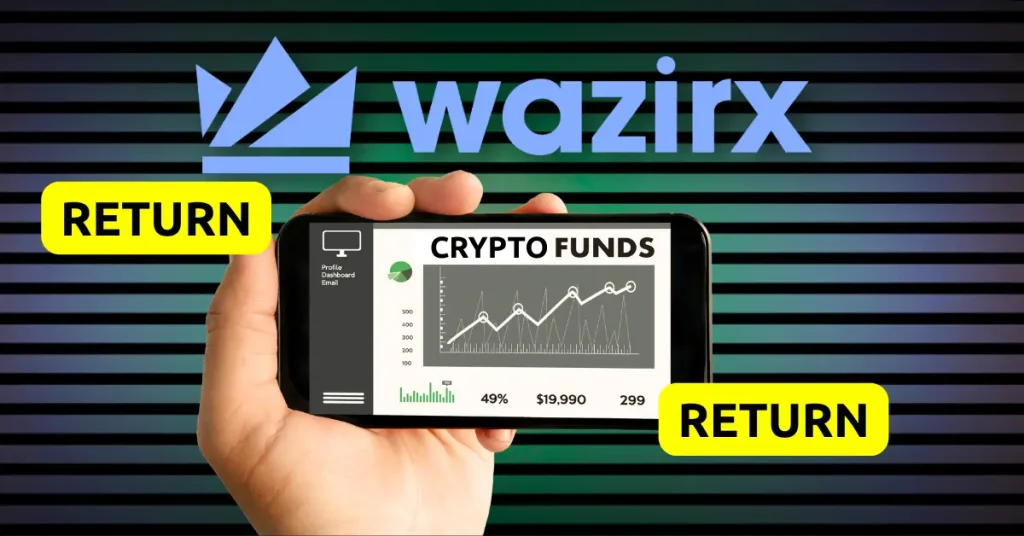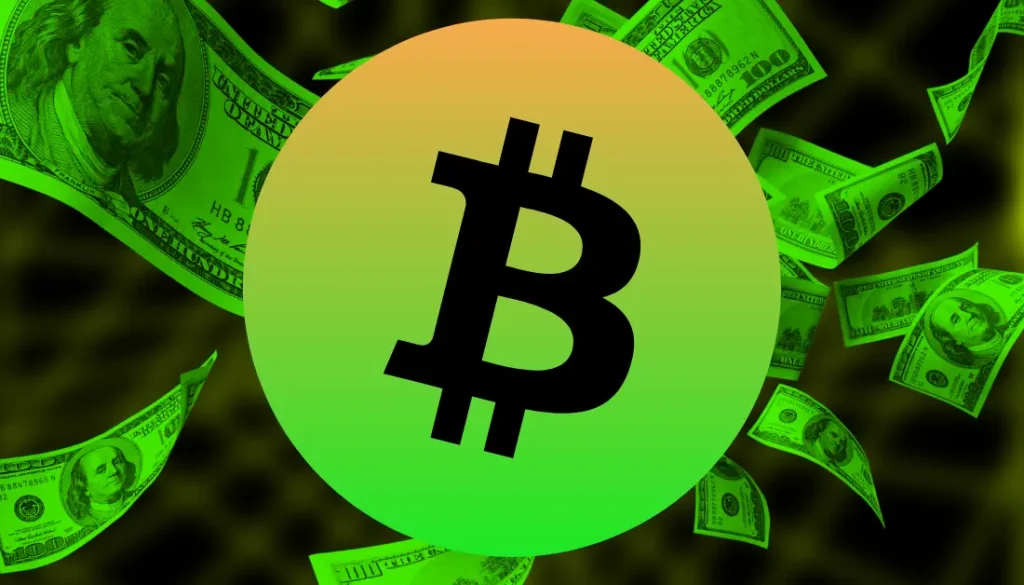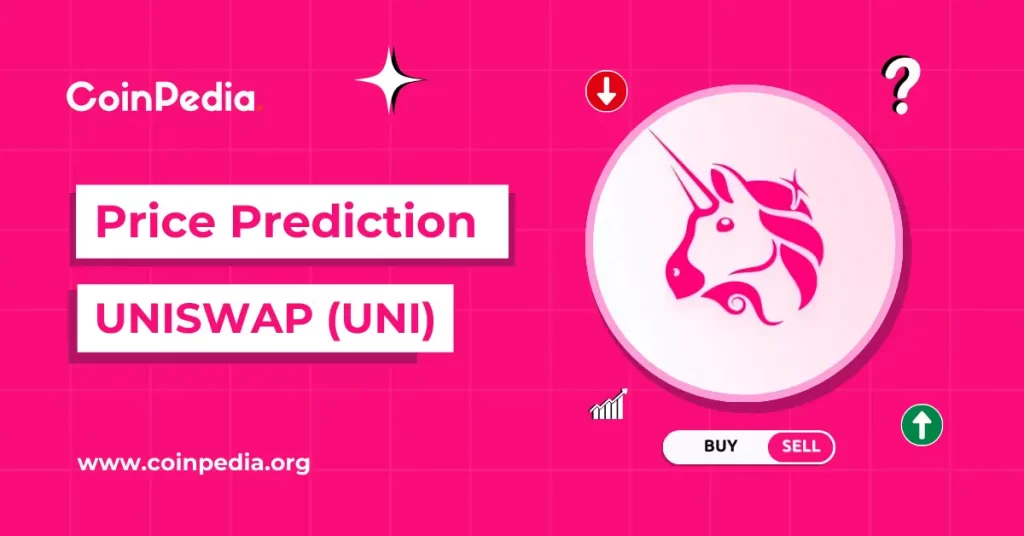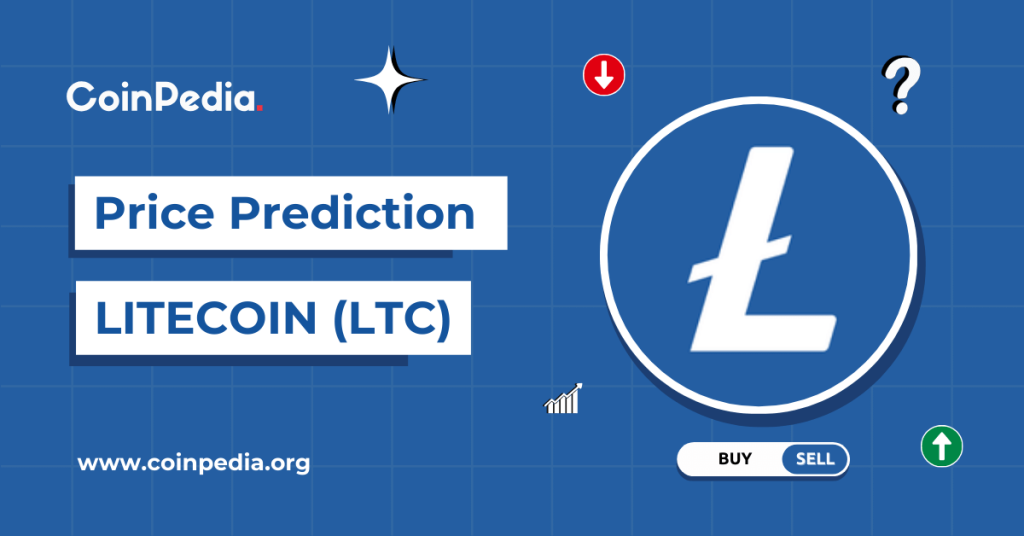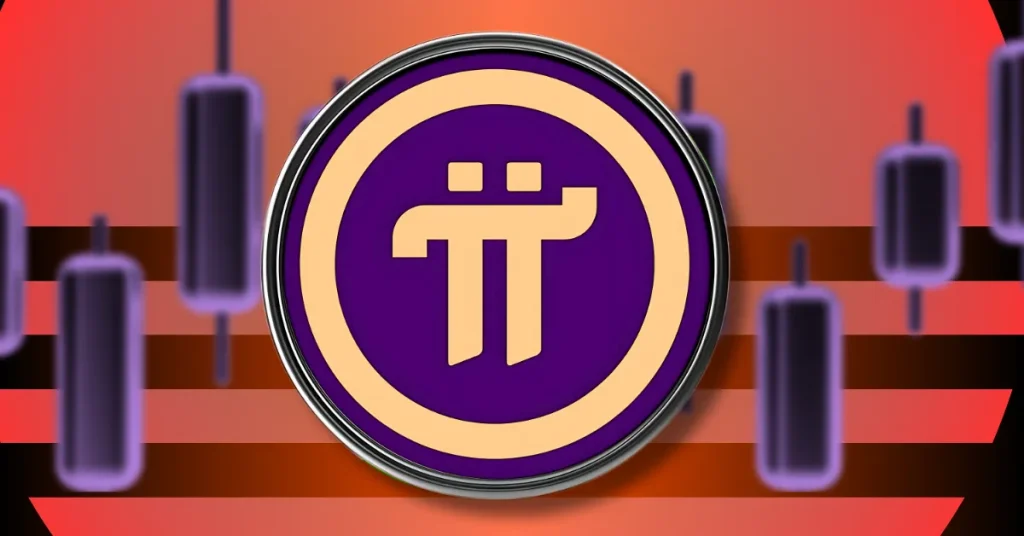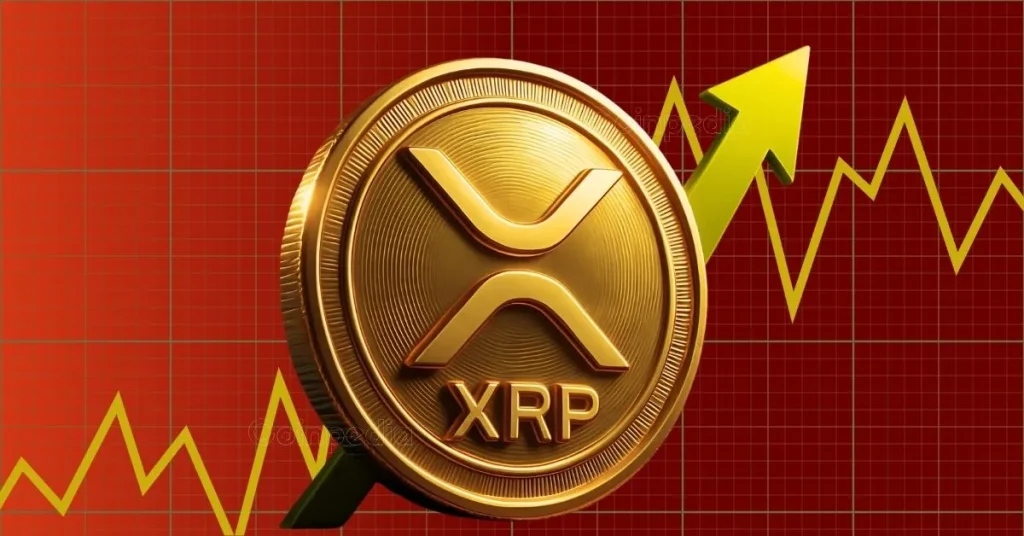2023-03-21 17:28:00
Why Bitcoin Is Rallying
Summary Here we highlight macro and technical bull and bear arguments for Bitcoin, focusing specifically on the latter in order to test our conviction for 2023. Focusing on the more credible medium-term bear cases, we address 1) the mining moratoriums, 2) general regulatory headwinds and 3) Bitcoin’s fee problem and disappointing layer 2 traction. As a call option on an alternative financial future in which U.S. dollar hegemony is decidedly less pronounced, Bitcoin retains attractive properties due to its max decentralization and (currently) fixed supply. Here we highlight macro and technical bull and bear arguments for Bitcoin, focusing specifically on the latter in order to test our conviction for 2023. Market Update: Why Did Bitcoin ( BTC-USD ) and Other Digital Assets Rally After the Turmoil with U.S. Banks? The subsequent bailout of Silicon Valley Bank ( SIVB ) depositors highlighted the appeal of bearer assets, which can be self-custodied and whose monetary policy is independent of poor central bank policymaking. Ironically, Silicon Valley Bank partially failed due to too-large bets on the perceived safe-haven assets: U.S. Treasuries and U.S. Mortgage-Backed Agency debt. U.S. CDS spreads rose above their 2011 highs, baking in a bigger fight over legislated bailouts and the looming debt ceiling. With scant political consensus for legislation, we expect more money printing, dollar debasement, and, over the medium term, probably more treasury selling by our significant creditors, several of whom the U.S. government is now sanctioning. It’s probably not a great time to be a G7 creditor... Also, by the way, the Swedish Central Bank recently mentioned it needs a bailout from the Swedish Treasury amidst news that a major Swedish pension fund was a top 6 shareholder in Signature ( SBNY ), SVB, and First Republic ( FRC ). We think Bitcoin would be well-positioned if further bank share weakness prompts news flow like that. Current Bitcoin Cycle Looks Familiar Source: Arcana. Data as of 2/4/2023. Past performance is no guarantee of future results. Not intended as a prediction of future results. Two Macro Bull Arguments for Bitcoin: The U.S. government has amassed an amazing amount of debt and the only way to overcome this, long term, is to debase the value of the dollar. Whether debt limit and other spending fights or a recession triggers this—or whether the tipping point happens in the next decades—is unknowable, but Bitcoin may serve as a hedge to this (as may gold). Central banks bought record amounts of gold in 2022. Countries on the fringes of the financial system continue to see both economic and negotiating value in adopting private, censorship resistant bearer assets. We expect a “big bang” at some point, such as Saudi Arabia officially buying Bitcoin for its state reserves. Seven Technical Arguments for Bitcoin: Bitcoin’s 30-day volatility plunged below that of the S&P 500 Index’s in early January, as both buyers and sellers looked elsewhere amidst declining liquidity. Given the history of the asset, we don’t think this is sustainable. Historically, Bitcoin has never fallen for two consecutive calendar years. The current bear market (duration) exceeds the average of 380 days. The current bear market (magnitude), at 77%, is close enough to the average (-83%) to justify beginning a dollar cost average approach for cyclical bears. November saw meaningful capitulation from long-term holders (6 months+), who realized two of the largest loss spikes in history, peaking at levels similar to the 2015 and 2018 cycle lows. Bitcoin is highly correlated to M2 growth, which recently hit 0% y/y in the U.S. for the first time ever. But globally, money supply growth already bottomed in November. In fact, the three-month rate of global money supply change now exceeds the 12-month rate of change, historically a very positive indicator for a Bitcoin bottom (Figure 1). In the U.S., money supply will likely re-accelerate, as government deficits continue. Meanwhile outside the US, China money supply is now growing at 12%, a 5-year high, and the RMB is strengthening. Both are historically a tailwind for the Bitcoin price. Investors focusing only on the Fed may be missing the improving global liquidity (Figure 2). Bitcoin leverage ratio has fallen sharply, and both calendar futures and perpetual swaps have recently traded in a state of backwardation. This suggests the market was heavily hedged for further downside risk. Figure 1: Bitcoin Price vs. Global Money Supply Growth Source: Bloomberg. Data as of 1/25/2023. Past performance is no guarantee of future results. Not intended as a recommendation to buy or sell any securities referenced herein. Figure 2: Global Money Supply Growth Has Re-Accelerated—Just Not in the U.S. Source: Bloomberg, VanEck Research. Past performance is no guarantee of future results. Seven Bear Arguments for Bitcoin: Regulation continues to tighten, as the consequences of the Biden executive order work their way through federal agencies. The lack of a Bitcoin spot ETF serves as a powerful symbol from U.S. regulators that the asset is not fit for traditional fiduciaries. Localities such as New York State and Canada’s British Columbia have put moratoriums on fossil-fuel based Bitcoin mining, hoping to restrict Bitcoin’s high energy usage. U.S. stocks and bonds have both fallen in the same calendar year only three times in history. In two of the three (1931 and 1969) the U.S. devalued vs. gold within two years by restricting convertibility. If 2022’s losses predict accelerating capital controls, then Bitcoin price may suffer. Recent Federal Reserve minutes reveal that FOMC members still see risks tilted to inflation (not balanced) and are concerned about “an unwarranted easing in financial conditions, especially if driven by a mis-perception by the public of the Committee’s reaction function.” Bitcoin mining hash rate is too high relative to the price to provide a profitable backdrop for miners. Thus, in the absence of lower energy prices, miners are likely to continue to sell coins to pay for operating expenses, which is negative for supply/demand balance. Bitcoin’s “security budget” faces structural issues (in coming decades) as current, low transaction fees provide insufficient motivation for miners to secure the blockchain. As block rewards fall, the network will either become less secure, the price will rise, or the community will agree on a new model increasing the proposed 21M cap. Bitcoin’s lack of smart contract functionality is hindering adoption. Sidechains like Liquid have disappointed. Lightning is interesting, but is not permitted in NY State and overall volumes remain low. Focusing on the more credible medium-term bear cases, we address 1) the mining moratoriums, 2) general regulatory headwinds and 3) Bitcoin’s fee problem and disappointing layer 2 traction. On the mining side, we think some of the moratoriums are structural and some are cyclical. For example, Kazakhstan and Iran recently reportedly loosened some Bitcoin mining restrictions and returned some seized mining machines amidst lower energy prices and weaker economic activity. Russia also signaled plans to build more power generation capacity in Siberia in order to satisfy energy demand from Bitcoin miners. If and as inflation eases and policymakers embrace more pragmatic approaches to energy sustainability (such as an “all of the above” approach including natural gas and nuclear), innovation and pro-growth perspectives may re-emerge. For context, Bitcoin mining consumes approximately the same amount of energy as U.S. Christmas lights. Traditional payments rails consume 12x more electricity than the Bitcoin network, whose energy usage scales with hash rate (economic security), not with the number of transactions. The tighter regulatory environment, especially in the U.S., is not easily reversed. Specifically, Biden’s executive order in January 2022 focused multiple agencies on addressing “the risks…of digital assets” with a focus on consumer and investor protection and countering illicit finance. These actions, along with confidence-shattering events like the bankruptcies of FTX, Celsius and 3AC, clearly slowed Bitcoin’s market share gains vs. banks. The January 3 joint statement from the Federal Reserve, the FDIC and the OCC punctuated the coordinated regulation with this crucial line: "Based on the agencies’ current understanding and experience to date, the agencies believe that issuing or holding as principal crypto-assets that are issued, stored, or transferred on an open, public, and/or decentralized network, or similar system is highly likely to be inconsistent with safe and sound banking practices.” Perhaps the best we can hope for this year is a stalemate in Washington, D.C. that prevents harmful over-regulation, while waiting for the market to turn its attention to 2024 and the possibility of the first pro-Bitcoin President in the form of Republican front-runner FL governor Ron DeSantis. One of our predictions in our 2023 crypto outlook is that SEC Chair Gary Gensler would leave the SEC this year after a victory vs. Ripple ( XRP-USD ) in the ongoing case over unregistered securities. While most may consider this a longshot, we note that the median SEC Chair tenure is only two years. On Bitcoin’s transaction fee problem and disappointing layer 2 progress : despite sporting the largest market capitalization among cryptocurrencies, Bitcoin’s transaction fees rank #4, after Ethereum ( ETH-USD ), Uniswap ( UNI-USD ), and Binance Smart Chain. The fact that people pay fees to use these other blockchains that exceed (by an order of magnitude, in the case of Ethereum), the fees paid to use Bitcoin indicates there’s a material, market-based demand for these alternative blockspaces. Bitcoin maximalists that deny this are denying the markets and clear evidence. Over the long-run, fees will have to rise, the Bitcoin price will have to rise, or the community will have to reconsider the 21M cap. Now, one wrinkle in this bear case to consider is the continued adoption of the Segwit soft fork, which removed Bitcoin transaction malleability (the ability of a transaction to have multiple valid TX IDs) and thus enabled the launch of the Lightning Network as a second layer on top of Bitcoin. Since Segwit and again following the 2021 Taproot upgrade to Segwit, each time Bitcoin transaction fees have spiked, Segwit adoption has risen anew, thanks to cheaper transaction fees for layer 2s. Thus, Lightning network capacity grew 46% in 2022 to 4,400 BTC, or $70M at the current BTC rate, even with lackluster BTC fee growth. While we are encouraged by recent Lightning network integrations from Twitter and Stripe, it seems that commercial backers of Lightning, such as Jack Mallers’ Strike, will need to get NY State regulatory approval before onboarding the mass payments market, and this seems a way off. For example, CashApp just enabled Bitcoin payments on top of Lightning for all users except those in NY. One development that may enable an end-run around NYDFS is Fedimint, a “community custody” tool built around Bitcoin that enables users to form groups where members look out for each other’s coins. Fedimint also provides full anonymity by using blind signatures to ensure users cannot be linked to the minting process that created their tokens. Taro is another Lightning Network upgrade that enables the issuance of assets and collectibile on Bitcoin that may include Tether or other stablecoins. On the back of these upgrades, Lightning may yet find product-market fit in emerging markets where Bitcoin and stablecoin adoption are higher and trust in banking systems is lower. But, that seems increasingly unlikely to be a near-term story in developed markets. Comparison of Different Custody Options Fedimint “Third Key” Holders Crypto Exchanges Hardware Wallets Multi-party Custody ✔ ✔ ✔ X Privacy ✔ X X ✔ Simple ✔ ✔ ✔ X Inexpensive ✔ X ✔ X Decentralized ✔ X X ✔ Regulation Unlikely ✔ ✔ X ✔ Source: VanEck Research. Not intended as a prediction or forecast of a future state or events. Our Conclusion: $250K Price Target Remains in Place As a call option on an alternative financial future in which U.S. dollar hegemony is decidedly less pronounced, Bitcoin retains attractive properties due to its max decentralization and (currently) fixed supply. While developed markets adoption may decelerate somewhat due to the reverberations of so many bankruptcies, and tighter global liquidity, our research in emerging markets continues to surface strong demand for Bitcoin and stablecoins amidst a generally lighter regulatory touch. We keep our $250k/Bitcoin long-term price target (half the market cap of Gold), pushing the target date to 2028, another halving year. If Bitcoin price does not make a new all-time high by 2026, we would consider our thesis broken. We believe a 1-3% allocation to open-source blockchain-based digital assets, such as Bitcoin and other smart contract protocols, is reasonable at this time given our research. Figure 3: Bitcoin’s Market-Cap to Realized-Market Cap (Value below 1 indicates coins being sold for a loss; typically a bottom indicator, indicating capitulation) Sources: Cryptoquant, Cryptofees, Bloomberg, Lyn Alden Investment Strategy, Castle Island Ventures, Obi Nwosu (CEO, Fedi Inc), Michael Khazzaka (ValueChain), VanEck Research. Past performance is no guarantee of future results. Not intended as a recommendation to buy or sell any securities referenced herein. Disclosures Definitions M2 is a measure of the money supply that includes cash, checking deposits, and easily convertible near money. Backwardation refers to a downward sloping term structure. Backwardation tends to occur in contracts and during periods when traders are concerned about scarcity of supplies. Hash rate is a measure of the computational power on a blockchain network. Bitcoin ((BTC)) is a decentralized digital currency, without a central bank or single administrator, that can be sent from user to user on the peer-to-peer bitcoin network without the need for intermediaries. Ethereum (ETH) is a decentralized, open-source blockchain with smart contract functionality. Ether is the native cryptocurrency of the platform. Amongst cryptocurrencies, Ether is second only to Bitcoin in market capitalization. Uniswap (UNI) is a popular decentralized trading protocol, known for its role in facilitating automated trading of decentralized finance (DeFi) tokens. Binance Smart Chain is a blockchain network built for running smart contract-based applications. Please note that VanEck may offer investments products that invest in the asset class(es) or industries included in this communication. This is not an offer to buy or sell, or a solicitation of any offer to buy or sell any of the securities or digital assets mentioned herein. The information presented does not involve the rendering of personalized investment, financial, legal, or tax advice. Certain statements contained herein may constitute projections, forecasts and other forward looking statements, which do not reflect actual results. Information provided by third-party sources are believed to be reliable and have not been independently verified for accuracy or completeness and cannot be guaranteed. Any opinions, projections, forecasts, and forward-looking statements presented herein are valid as of the date of this communication and are subject to change without notice. The information herein represents the opinion of the author(s), but not necessarily those of VanEck or its employees. The S&P 500 Index consists of 500 widely held common stocks covering the leading industries of the U.S. economy. The S&P 500 Index is a product of S&P Dow Jones Indices LLC and/or its affiliates and has been licensed for use by Van Eck Associates Corporation. Copyright © 2023 S&P Dow Jones Indices LLC, a division of S&P Global, Inc., and/or its affiliates. All rights reserved. Redistribution or reproduction in whole or in part are prohibited without written permission of S&P Dow Jones Indices LLC. For more information on any of S&P Dow Jones Indices LLC’s indices please visit www.spglobal.com/spdji/en/ . S&P ® is a registered trademark of S&P Global and Dow Jones ® is a registered trademark of Dow Jones Trademark Holdings LLC. Neither S&P Dow Jones Indices LLC, Dow Jones Trademark Holdings LLC, their affiliates nor their third party licensors make any representation or warranty, express or implied, as to the ability of any index to accurately represent the asset class or market sector that it purports to represent and neither S&P Dow Jones Indices LLC, Dow Jones Trademark Holdings LLC, their affiliates nor their third party licensors shall have any liability for any errors, omissions, or interruptions of any index or the data included therein. Cryptocurrency is a digital representation of value that functions as a medium of exchange, a unit of account, or a store of value, but it does not have legal tender status. Cryptocurrencies are sometimes exchanged for U.S. dollars or other currencies around the world, but they are not generally backed or supported by any government or central bank. Their value is completely derived by market forces of supply and demand, and they are more volatile than traditional currencies. The value of cryptocurrency may be derived from the continued willingness of market participants to exchange fiat currency for cryptocurrency, which may result in the potential for permanent and total loss of value of a particular cryptocurrency should the market for that cryptocurrency disappear. Cryptocurrencies are not covered by either FDIC or SIPC insurance. Legislative and regulatory changes or actions at the state, federal, or international level may adversely affect the use, transfer, exchange, and value of cryptocurrency. Investing in cryptocurrencies comes with a number of risks, including volatile market price swings or flash crashes, market manipulation, and cybersecurity risks. In addition, cryptocurrency markets and exchanges are not regulated with the same controls or customer protections available in equity, option, futures, or foreign exchange investing. There is no assurance that a person who accepts a cryptocurrency as payment today will continue to do so in the future. Investors should conduct extensive research into the legitimacy of each individual cryptocurrency, including its platform, before investing. The features, functions, characteristics, operation, use and other properties of the specific cryptocurrency may be complex, technical, or difficult to understand or evaluate. The cryptocurrency may be vulnerable to attacks on the security, integrity or operation, including attacks using computing power sufficient to overwhelm the normal operation of the cryptocurrency’s blockchain or other underlying technology. Some cryptocurrency transactions will be deemed to be made when recorded on a public ledger, which is not necessarily the date or time that a transaction may have been initiated. Investors must have the financial ability, sophistication and willingness to bear the risks of an investment and a potential total loss of their entire investment in cryptocurrency. An investment in cryptocurrency is not suitable or desirable for all investors. Cryptocurrency has limited operating history or performance. Fees and expenses associated with a cryptocurrency investment may be substantial. There may be risks posed by the lack of regulation for cryptocurrencies and any future regulatory developments could affect the viability and expansion of the use of cryptocurrencies. Investors should conduct extensive research before investing in cryptocurrencies. Information provided by Van Eck is not intended to be, nor should it be construed as financial, tax or legal advice. It is not a recommendation to buy or sell an interest in cryptocurrencies. Emerging Market securities are subject to greater risks than U.S. domestic investments. These additional risks may include exchange rate fluctuations and exchange controls; less publicly available information; more volatile or less liquid securities markets; and the possibility of arbitrary action by foreign governments, or political, economic or social instability. There are inherent risks with fixed income investing. These risks may include interest rate, call, credit, market, inflation, government policy, liquidity, or junk bond. When interest rates rise, bond prices fall. This risk is heightened with investments in longer duration fixed-income securities and during periods when prevailing interest rates are low or negative. Gold investments are subject to the risks associated with concentrating its assets in the gold industry, which can be significantly affected by international economic, monetary and political developments. Investments in gold may decline in value due to developments specific to the gold industry. Foreign gold security investments involve risks related to adverse political and economic developments unique to a country or a region, currency fluctuations or controls, and the possibility of arbitrary action by foreign governments, or political, economic or social instability. Gold investments are subject to risks associated with investments in U.S. and non-U.S. issuers, commodities and commodity-linked derivatives, commodities and commodity-linked derivatives tax, gold-mining industry, derivatives, emerging market securities, foreign currency transactions, foreign securities, other investment companies, management, market, non-diversification, operational, regulatory, small- and medium-capitalization companies and subsidiary risks. All investing is subject to risk, including the possible loss of the money you invest. As with any investment strategy, there is no guarantee that investment objectives will be met and investors may lose money. Diversification does not ensure a profit or protect against a loss in a declining market. Past performance is no guarantee of future performance. © Van Eck Securities Corporation, Distributor, a wholly owned subsidiary of Van Eck Associates Corporation. Original Post Editor's Note: The summary bullets for this article were chosen by Seeking Alpha editors.
La maggior parte ha letto le notizie
-
 Crypto Remittances to El Salvador Drop 45%
Crypto Remittances to El Salvador Drop 45%
2025-06-14



